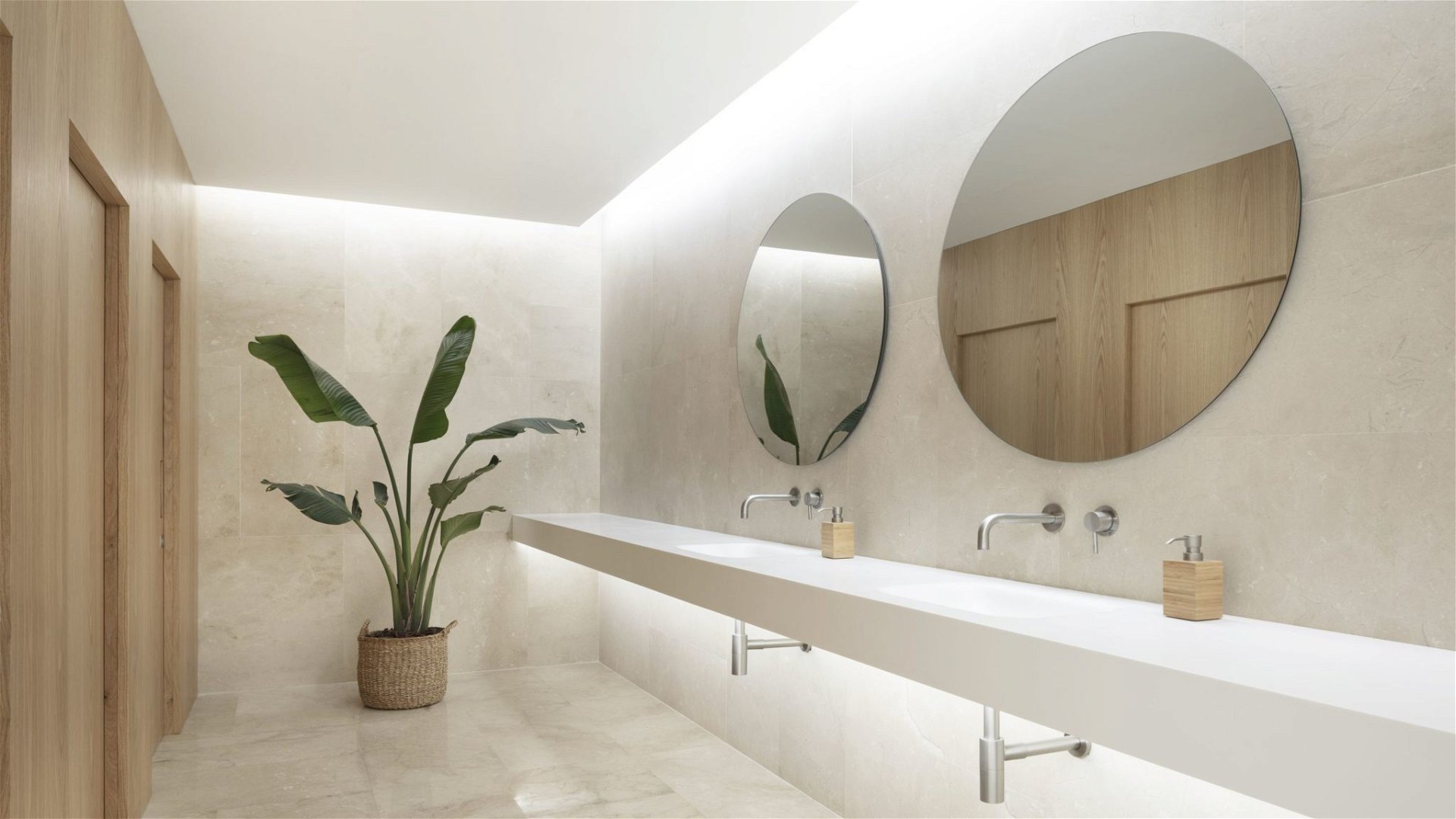The Americans with Disabilities Act (ADA) is a fundamental piece of legislation that aims to eliminate barriers for individuals with disabilities in various public spaces, including restrooms. Understanding the ADA bathroom requirements is essential for business owners, architects, and facility managers to create environments that are welcoming and accessible to everyone. This article explores the core requirements of ADA-compliant bathrooms and their importance.
The Importance of ADA Compliance
- Ensuring Equal Access: The primary aim of ADA bathroom requirements is to ensure that individuals with disabilities can use restroom facilities independently and safely. This promotes inclusivity and dignity in public spaces.
- Legal Implications: Compliance with ADA standards is legally mandated for most public and commercial facilities. Failure to meet these learn about bathroom ada requirements here can lead to lawsuits, fines, and reputational harm.
- Improving User Experience: Accessible restrooms benefit not only people with disabilities but also families, caregivers, and elderly individuals. A well-designed restroom enhances comfort and usability for all.

Core ADA Bathroom Requirements
- Stall Dimensions: At least one accessible stall must be available, measuring a minimum of 60 inches wide and 56 inches deep for wall-mounted toilets, or 59 inches for floor-mounted toilets. This space accommodates wheelchair users and provides adequate maneuverability.
- Grab Bar Specifications: Grab bars are vital for support and safety. They should be installed on the rear and side walls of the accessible stall, positioned between 33 and 36 inches above the floor to assist users in transferring safely.
- Toilet Height: The height of accessible toilets should range from 17 to 19 inches from the floor. This height helps individuals with mobility impairments to transfer more easily.
- Sink Accessibility: Sinks should be mounted at a height not exceeding 34 inches and must provide clear space underneath for wheelchair access. Faucets should be designed for one-handed operation to enhance usability.
- Door Specifications: Restroom doors should allow a clear opening width of at least 32 inches. Installing automatic doors or ensuring doors swing outward can greatly improve accessibility.
- Signage Requirements: Restrooms must feature clear signage that includes the International Symbol of Accessibility. Braille should also be included for visually impaired users to ensure they can locate accessible facilities.
- Turning Radius: Adequate turning space is essential for wheelchair users, with a recommended minimum turning radius of 60 inches. This allows for easy navigation within the restroom.
Best Practices for Compliance
To effectively meet ADA bathroom requirements, facilities should:
- Conduct Regular Assessments: Routine evaluations of restroom facilities can help identify and rectify any compliance issues, ensuring accessibility is maintained.
- Consult Accessibility Professionals: Engage with architects and ADA compliance experts during the design and renovation process to ensure all aspects meet legal standards.
- Train Staff on Accessibility: Provide training for staff to understand the importance of accessibility and how to assist individuals with disabilities, fostering a supportive environment.
Conclusion
ADA bathroom requirements are crucial for creating accessible public spaces that accommodate individuals with disabilities. By understanding and implementing these standards, facilities not only comply with legal requirements but also enhance the overall user experience for everyone. A commitment to accessibility reflects a dedication to inclusivity and respect, ensuring that all individuals can use restroom facilities with dignity and ease. Investing in ADA-compliant restrooms is a vital step toward a more equitable society where everyone has the opportunity to participate fully in public life.
